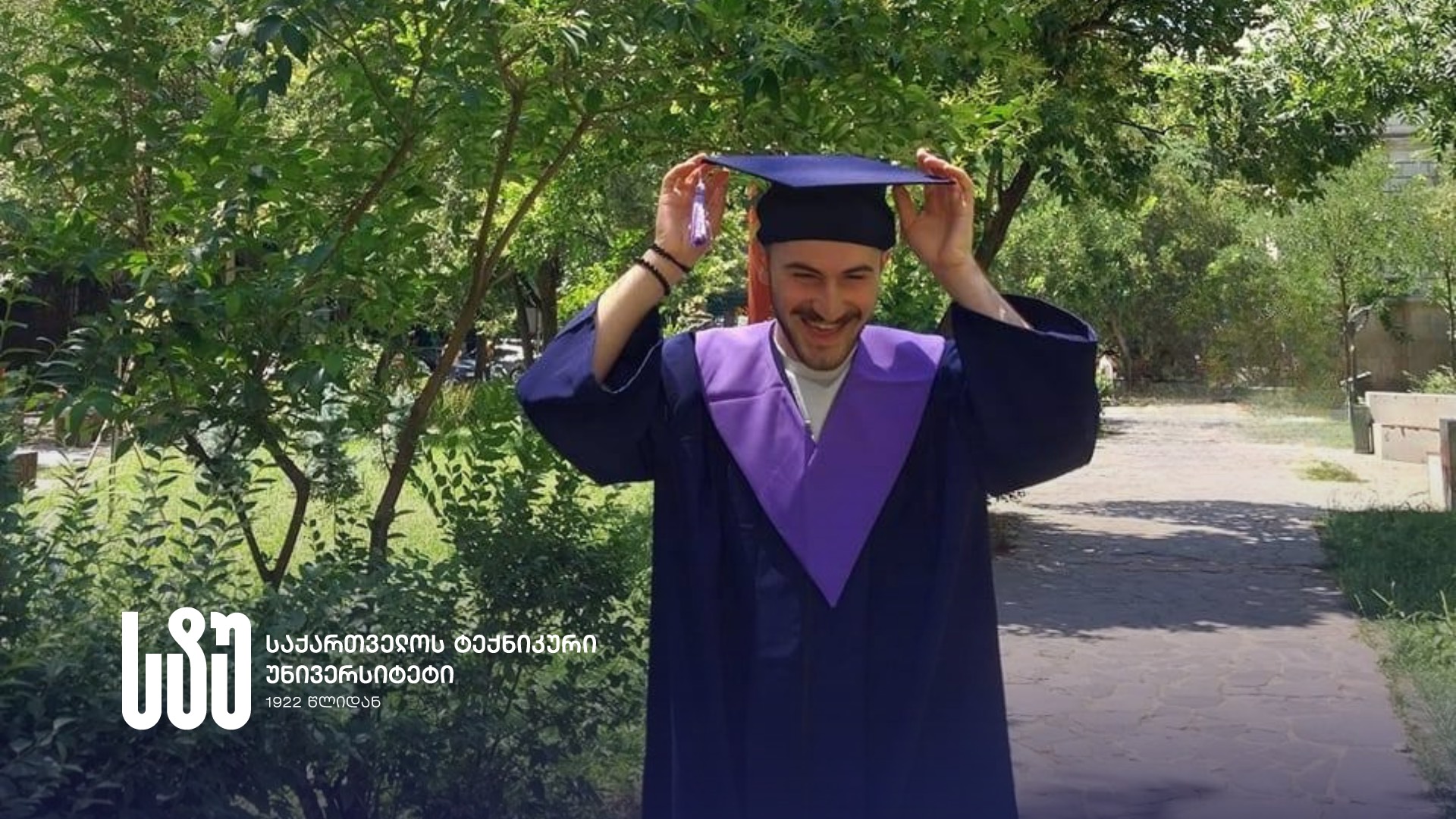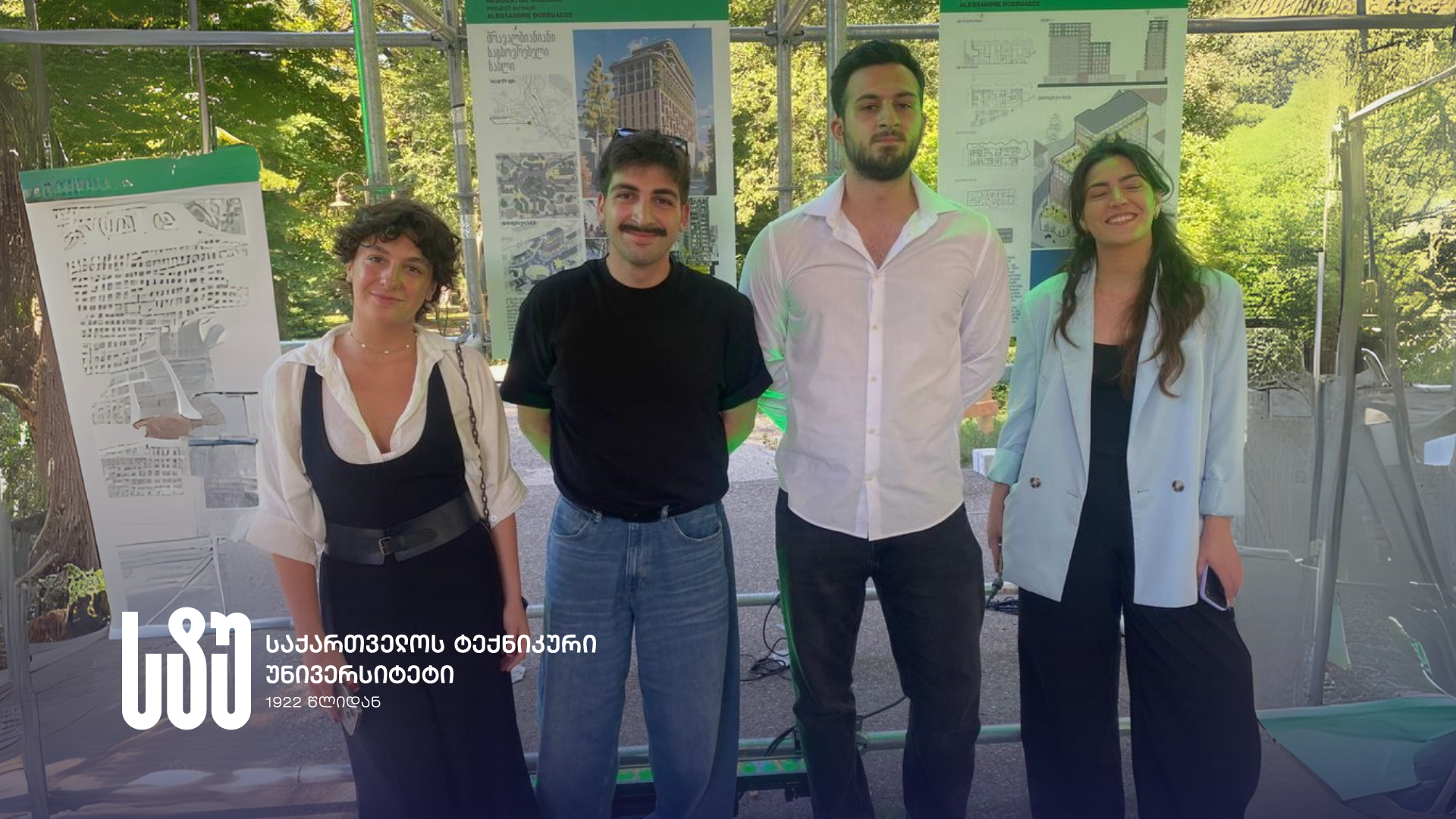From the birth of Academician Givi Tsintsadze International scientific conference dedicated to the 90th anniversary
19-04-2023Chemistry-achievements and perspectives
April 20, 2023 Tbilisi Georgia
Conference venue:
Administrative Building of Technical University of Georgia, 77 Kostava St., Tbilisi, 0175
Conference topics:
1. Chemistry;
2. Chemistry of coordination compounds;
3. Chemical and biological technology;
4. Pharmacy;
5. Chemistry of biologically active substances;
6. Chemistry of biomedical polymers;
7. Nanomaterials and nanotechnologies;
8. Analytical chemistry;
9. Physico-chemical methods of research;
10. Development and research of biocomplexes;
11. Methodology of teaching natural science subjects (chemistry);
12. Chemistry and medicine;
13. Organic chemistry;
14. Physical chemistry;
15. Pharmacochemistry;
16. Biochemistry;
17. Food science and technology;
18. Environmental protection and ecology;
19. Agrochemistry and agroecology;
20. Theoretical problems of chemistry;
21. History of chemistry;
22. Metallurgy;
23. Quantum chemistry and mathematical modeling.
Working language of the conference: Georgian, English.
Report form: oral, stand
Conference schedule:
10.00 - 11.00 registration.
11.00 - 12.30 Opening of the conference. Plenary reports
12.30 - 13.00 - Coffee Break
13.00 - 15.30 - work of conference sections
15.30 - 17.00 - discussion of posters.
The materials of the conference will be published in the form of a collection
ISSN 1512-0996
DOI:https://doi.org/10.36073/1512-0996
The deadline for theses/article submission is 15.04.2023.
Theses are accepted by e-mail: g.tsintsadze@gtu.ge
Contact persons:
Maya Tsintsadze Tel: (+995) 593 311 653
Nana Gelovani Tel: (+995) 593 160 319
Instructions for drawing up a thesis:
One-page theses (file – .doc or docx, font – Sylfaen, size – 11, spacing – No Spacing, font size – 11 points, interval – 1 point. Total volume of the thesis – (1-2 pages). Margin – 30 mm (left), 20 mm (right), 20 mm (top), 20 mm (bottom)) should be prepared according to the template, i.e. should contain the initials and last name(s) of the author(s), place of work(s) and email - Mailing address(es), contact number, city and country, and body text. Figures, tables and checklists should be included in the same file.
The procedure for drawing up a scientific article:
The article must be presented in printed form on an A4 sheet, the number of pages is 5 or more (areas – 30 mm (left), 20 mm (right), 20 mm (top), 20 mm (bottom) spacing – 1.5);
The article must be written as a doc or docx file (MS Word) and recorded on any magnetic media;
For Georgian text, use Sylfaen font, size 12;
For English text – font Times New Roman, size 12.
The article should include the following information:
UAC (Universal Decimal Classification) code;
Information about the author(s) and reviewers in Georgian and English:
Full name and surname of all authors, e-mail, scientific title and contact phone number.
Name of the department. Full name of the organization:
Each author's place of work, country, city.
The article must be accompanied by:
Annotation in Georgian and English (100-150 words).
Annotation should be: informative (should not contain general words and phrases); It should be mentioned what caused the relevance of the given article;
The content of the text must be original in English; should reflect the main content of the article and research results; Structured (follow the logic of describing the results in the article).
The article should include:
the subject, topic, purpose of the article (which you indicate if it is not clear from the title of the article);
the method or methodology of research;
the area of application of the results;
keywords sorted alphabetically (in Georgian and English);
the following parts: introduction, main part, conclusion, which should be separated from the main text;
If the article contains images or photographs, it is necessary to provide us with their computer version, in any graphic format, with a resolution of at least 150 dpi;
Used literature in English.
literature (sample):
A book with one author
Sherrill, R. D. (1956). The terrifying future: Contemplating color television. San Diego: Halstead.
A book with two or more authors
Smith, J., & Peter, Q. (1992). Hairball: An intensive peek behind the surface of an enigma. Hamilton, ON: McMaster University Press.
Article in the book
McDonalds, A. (1993). Practical methods for the apprehension and sustained containment of supernatural entities. In G. L. Yeager (Ed.), Paranormal and occult studies: Case studies in application (pp. 42–64). London: OtherWorld Books.
An article in a magazine with separate pages
Crackton, P. (1987). The Loonie: God's long-awaited gift to colorful pocket change? Canadian Change, 64(7), 34–37.
An article in a magazine with consecutive page counts
Rottweiler, F. T., & Beauchemin, J. L. (1987). Detroit and Narnia: Two enemies on the brink of destruction. Canadian/American Studies Journal, 54, 66-146.
An article in a weekly magazine
Henry, W. A., III. (1990, April 9). Making the grade in today's schools. Time, 135, 28–31.
A newspaper article
Wrong, M. (2005, August 17). Misquotes are "Problematastic" says Mayor. Toronto Sol, p
Government document
Revenue Canada. (2001). Advanced gouging: Manual for employees (MP 65-347/1124). Ottawa: Minister of Immigration and Revenue.
Instructions for making a poster report
Posters presented at the conference should be printed in A1 size format.
The poster should include the following essential components:
Ø Title;
Ø Authors (indicate the last name of the responding author in Varsklava);
Ø Short summary (preferably in the margin);
Ø Introduction;
Ø Objectives;
Ø Main text (judgment of results);
Ø Experimental part (if the work is of an experimental nature);
Ø Conclusion;
Ø References;
Ø Contact information of the author or authors;
Additional information (in the form of tables, pictures, drawings, etc.) can be placed on the poster.

